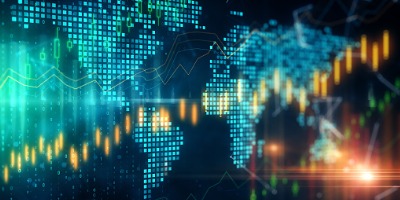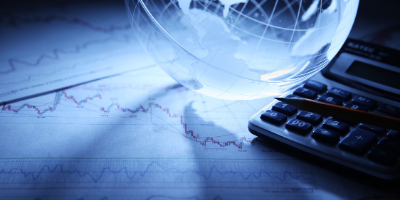Q: Justin, this has been an era-defining 12 months for the global economy. If we look out beyond the next few years, how much will global growth be scarred by this event?
A: While COVID has had a large and negative impact on the global economy, we don’t think it will be permanent. We see most economies returning to pre-virus paths, which is a relatively upbeat view compared with the consensus.
Q: Does a 'return to normality' mean emerging markets still outperform?
A: They will grow faster, yes, but not like we’ve seen in the past. There’s pushback against globalisation and reforms have stalled as well. At the same time, we’re telling clients not to write off advanced economies: productivity boosts from technology will offset the drag from ageing populations.
Q: Turning back to the pandemic’s legacy, where will we see the big changes?
A: In many instances, it’ll be in the acceleration of changes that were underway before COVID struck, rather than anything new. For example, we now expect peak oil demand to come sooner. In commercial property, a faster move to online shopping will be good for industrial, in the long run, but bad for retail.
Q: The government response to this crisis has been unprecedented in size and speed. What are the long run implications of the monetary and fiscal loosening that we’ve seen over the past year? A: In advanced economies, governments will learn to deal with bigger debt levels, and that means a very different approach to policymaking. Inflation will probably be subdued for the next few years, but over a five-to-ten year horizon we think it’s going to rise significantly and policymakers will accept it –they’ll keep real interest rates deliberately low as well to hold down the costs of managing their debt.
Q: More generally, how does The Long Run help investors understand what’s going to happen beyond the immediate horizon?
A: Big changes for economies and markets are going to play out beyond the near-term – climate change, for instance. There are lots of statistical “black box” models spitting out extrapolations of past trends, but they don’t provide any analytical nuance. The Long Run breaks from that norm because it combines our rigorous macroeconomic and markets analysis with historical lessons, and the judgment of our economists.
Published 15 February, 2021
| 




